11 Common Causes of a Rough Idle (and 9 Less Common Causes)
When resting at a stoplight, you might notice your car making slight pops and burbles through the floorboard or even shaking. If you look at your tachometer, you may see the needle move up and down periodically even if you’re just idling in your driveway.
Sure, it normally runs weird when it’s cold out, but it’s a 20 year old car so that’s normal right? What I’ve described above is referred to as “rough idle“.
But what causes it?

What is a Rough Idle?
“Idling” is when your car is at rest, with the engine running. It’s the point where your engine is running enough to power your alternator, maybe your heater or air conditioning, but your transmission isn’t “in-gear” so you aren’t going to move forward at all.
A “rough” idle is just like a normal idling engine speed, except it is irregular and not as smooth as we’ve become accustomed to with our modern, smooth engines.
You have a rough idle if you feel the roughness when your car idles, but drives smooth. This is usually caused by a change in the amount of air going to your engine, the regularity of the ignition, your vacuum lines, and a bunch of other factors.
And no, I’m not talking about how your car increases it’s engine speed when you turn on the A/C.
Related: Why Is My Engine RPM Fluctuating When Driving?
Symptoms
- Shaking – When idling, you might feel as if your car is vibrating or shaking more than usual. This can be uncomfortable, especially when you’re sitting at a stoplight or waiting in a parking lot.
- Stalling – Because the engine RPM may fall lower than usual, your car may stall or almost stall while idling, which is not only frustrating, but can also be dangerous if it happens in the middle of traffic.
- Starting Issues – If you find your car struggling to start or taking longer than usual to start, it could be due to problems with the idling process.
- Check Engine Light – As with other issues, the CEL might illuminate when your car has a rough idle. This light is a useful indicator to let you know there’s something wrong and that you should use a code reader to help understand the cause.
Common Causes of Rough Idling
#1 – Vacuum Leak
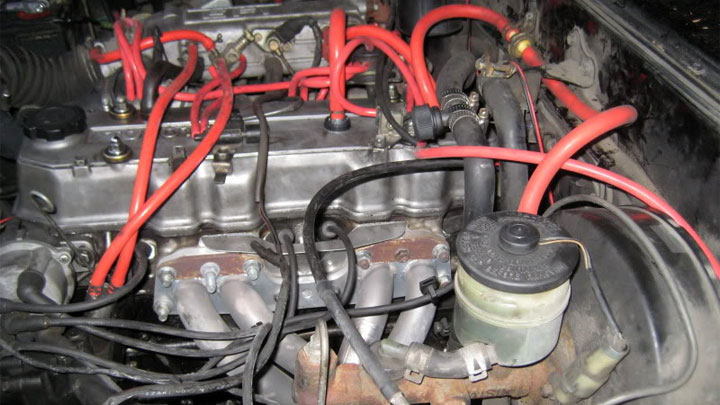
When you let your car sit for any extended period of time, or you’ve just driven it for a long time, the rubber hoses in your engine bay are eventually going to break down. Because of that, they won’t make the perfect seal they did from the factory, and some of the pressure created by your vacuum lines will escape through these cracks.
This means the equilibrium of your engine’s vacuum system could be thrown off, causing sensors to go off. If you have a vacuum leak, your engine’s computer will cut power here or there in order to protect your motor from unregulated explosions (misfires).
Related: How to Find a Vacuum Leak
#2 – Faulty Spark Plugs
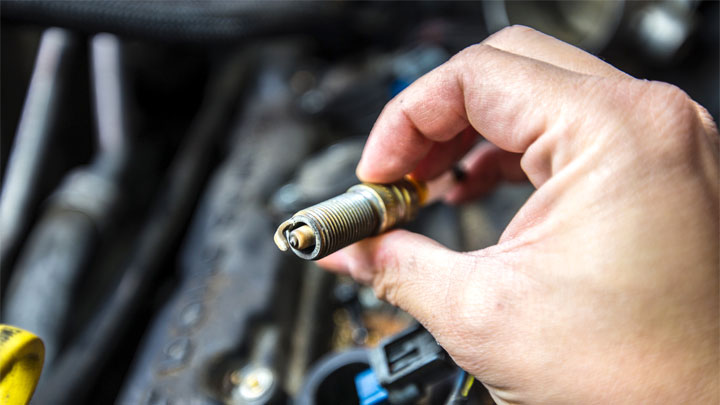
If one of your spark plugs isn’t firing in the correct order, isn’t sparking at all, your idle may vary as you’re stopped. This is because the “spark” is one of the pinnacle principles of combustion, which is needed to keep your engine running.
If you have, say, 3 out of 4 spark plugs firing in the correct rhythm in your 4 cylinder motor, you would have 3 “bangs” then silence (if you were to slow down your engine enough to hear the distinct bangs). This is something you would definitely feel as you are sitting at a stop sign or starting up your car for the first time in the morning.
If your car is idling strangely, you will want to check your spark plugs and, if they’re fouled up or otherwise dirty, you’ll want to replace them.
#3 – Dirty Fuel Injectors

If your fuel injectors are dirty, you might have an intermittent idle, or your car just won’t start at all. You might also notice your fuel mileage go down the drain and you’ll be spending quite a bit more at the pump.
A great way to test if your fuel injectors are dirty, broken, or otherwise not doing what they’re supposed to do is to take a long screwdriver and place it up against the block right next to the fuel injector. You can then take your ear and press it up against the end of the screw driver, kind of like a doctor’s stethoscope to listen.
A good fuel injector sounds like a constant, rhythmic ticking which indicates that the fuel is being injected at a consistent rate inline with your spark and your piston’s compression. If you hear nothing, or if you hear “Click, Click, *nothing*, Click” or something arrhythmic, then you have a problem with your fuel injector.
At that point, you are going to want to clean that injector or replace it. This could be one cause of your rough idle.
#4 – Carburetor Problems
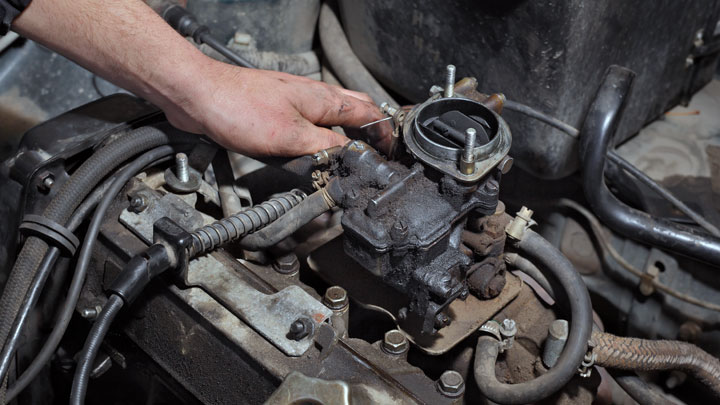
While carburetors are a bit of an endless tunnel of confusion, there are four quick tests to determine if your “carb” is working properly.
- With the engine running and your parking brake set and the transmission in the “Neutral” position, remove the air filter and look down into your carburetor. If your main “nozzle” is wet or it’s dripping fuel, you are probably running too rich as a result of your “float Level” being too high. Adjust this to have your carb run a little cleaner.
- Check your idle system by keeping the engine running, and the parking brake on, with your car’s transmission in the “Neutral” position. Slowly press the accelerator until the RPMs reach about 3000 and notice how the engine behaves through this rev range. Does the engine move smoothly through this range or does it behave roughly? If the latter, you’ll want to adjust your idle.
- Keep your float bowl full and your air cleaner removed, but turn your engine off. Now, look down into the four main barrels of your carburetor as you push on the throttle (you can have someone press the accelerator in the car for you if you would like). When you press the throttle, does a small squirt of fuel come out for a bit from all four barrels and continue for a little after you have released the accelerator? If not, you have a problem with your accelerator-pump system.
- Another issue could be with your main metering system. With your engine up and running at 2000 RPM (give or take), cover the main “air horn” with some flat object like a piece of cardboard. Now, pay attention to whether the engine increases in RPM at all. It should since the engine will think it needs more fuel to accommodate the decrease in air. If it doesn’t, you’ll want to take your car to a specialist to work on the main metering system.
#5 – Air Filter
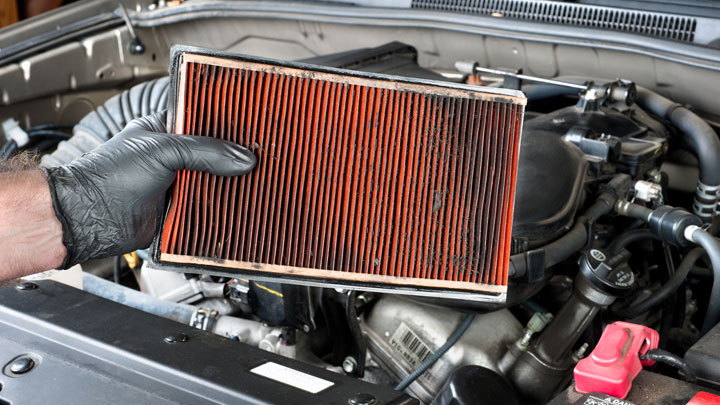
If your air filter is dirty, particulates will start to become present in the air going into your engine during the combustion cycle. Either that, or the grime in your air filter will not allow the air required to complete the combustion cycle at the engineered level. This could result in a misfire and otherwise “rough” idle.
If you’re experiencing this issue in the field, get out a bottle of water, poke a hole in the top of its cap to create a high-pressure opening (like a hose). Remove your air filter and use the bottle to spray out any fine particles you can, then dry out your air filter or give it time so it’s not spewing water in with your air.
This should at least get you home or to the next destination where you can purchase an air filter replacement.
#6 – Faulty PCV Valve
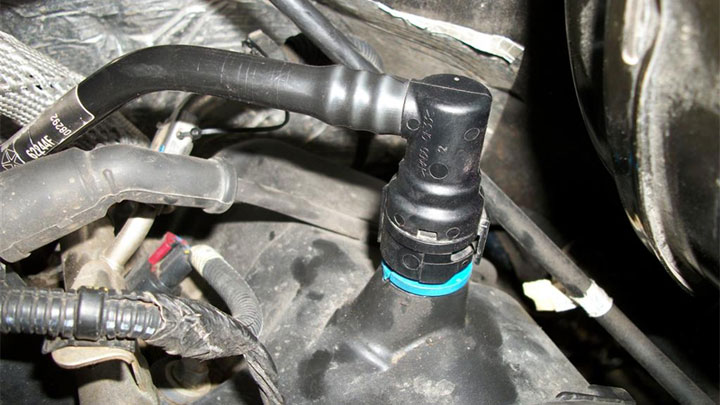
“PCV” stands for Positive Crank Ventilation, and if you notice excessive smoke coming out of your exhaust or you’re burning far too much oil or just more than normal, you might have a bad PCV valve. Check out this article we wrote to help find if your PCV valve is faulty.
#7 – EGR Valve
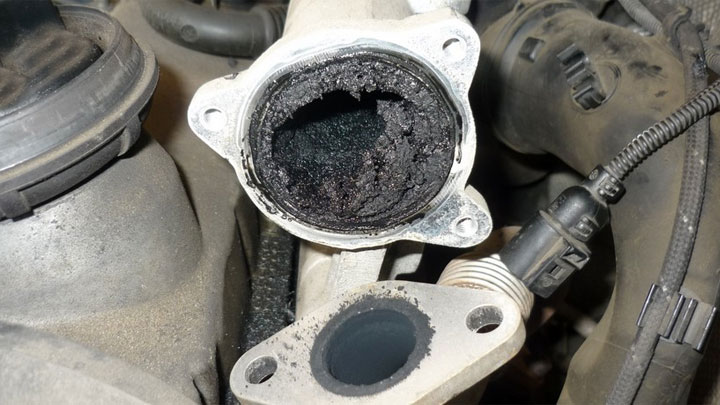
An Exhaust Gas Recirculation Valve (EGR) is another emissions-focused invention meant to burn off any excess nitrogen-filled particles that would be otherwise harmful to our planet. This valve opens and closes to allow exhaust gas to be recirculated into the combustion chamber in order to get burned again, saving fuel and burning off gasses completely.
Related: 3 Symptoms of a Bad EGR Valve
#8 – Oxygen Sensor
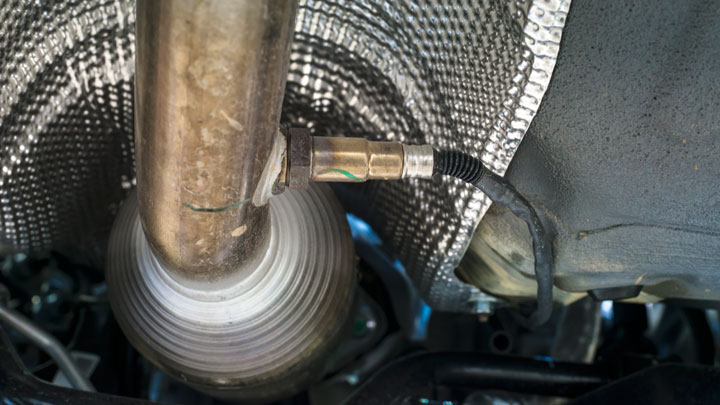
Your oxygen sensor (or O2 sensor) is a finicky little thing usually connected to your exhaust system. If you notice a check engine light coming on (either constant or intermittently) or your car has a rough idle, then you could also have a faulty O2 sensor.
Rough idling, bad fuel economy, and a check engine light are all common symptoms of an oxygen sensor problem.
#9 – Head Gasket Leak
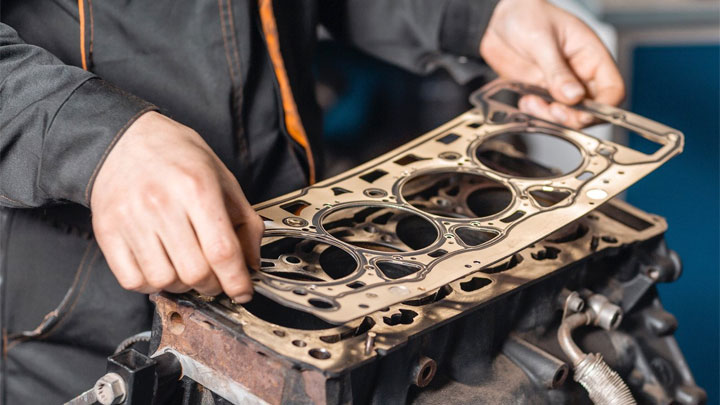
If your head gasket leaks, it can be a very expensive and stressful experience. This is because it’s a pain to get access to your head gasket and the seal it makes is a critical component of successful combustion and the longevity of your engine.
Make sure if you see white smoke coming out of your exhaust after the car has warmed up, you may have a head gasket leak or a blown head gasket.
Also, if your coolant is leaking, looks milky, bubbly, or you constantly have to top it off, you probably have a leaky head gasket.
#10 – Bad Fuel Pump
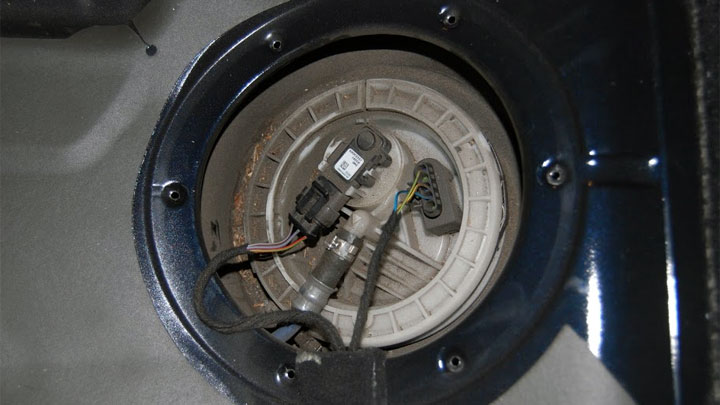
If your fuel pump is faulty or otherwise not functioning in tip top shape, you could have varying amounts of fuel being jetted into your combustion chamber during normal idle. This could cause one bang followed by a smaller bang, which you’ll feel through the floorboard as a popping/sputtering sound.
Check out this article on all the possible causes and fixes for a bad fuel pump.
#11 – Problems With Piston Rings

Piston rings help seal the combustion chamber and control the flow of oil. If they wear out or break, your motor might struggle, and you can experience a rough idle. Worn piston rings can cause oil to seep into the combustion chamber, leading to poor combustion and a rough idle.
Additional Rough Idle Causes
If the above suggestions don’t fix the problem, try these out. There has to be something wrong here:
- Idle speed needs adjusting
- Loose or faulty distributor cap
- Dirty fuel filter
- MAF (Mass Air Flow) sensor
- ECT (Engine Coolant Temperature) sensor
- IAC (Idle Air Control) valve
- TPS (Throttle Position Sensor) sensor
- Throttle valve
- EEC (Evaporative Emissions Control) system
I hope this helps. Good luck!
- How to Reduce Wind Noise in Your Car (Locate the Source) - Nov 22, 2023
- How Long Can You Drive on a Spare Tire? (and How Fast Can You Go?) - Sep 13, 2023
- Why Is My Electronic Stability Control (ESC) Light On? - Apr 3, 2023
